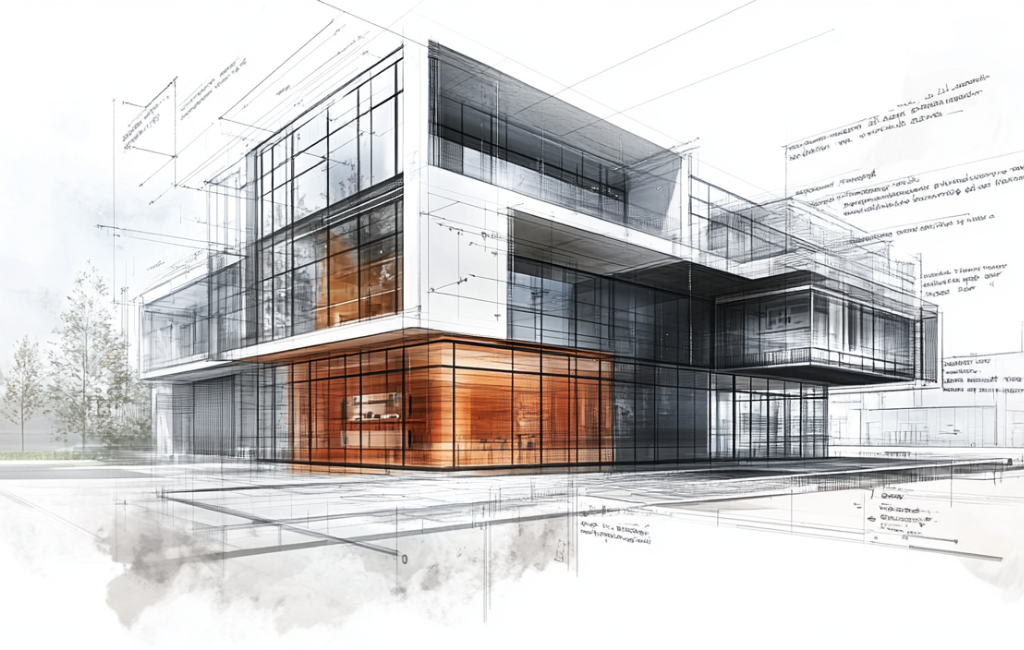-
Table of Contents
- Architect Creates Unique Spaces
- The Role of an Architect
- Key Responsibilities
- Innovative Examples of Unique Spaces
- The Guggenheim Museum, Bilbao
- The High Line, New York City
- The Eden Project, Cornwall
- Case Studies: Impact on Communities
- Vauban, Freiburg
- Masdar City, Abu Dhabi
- Statistics on Architectural Impact
- Conclusion
Architect Creates Unique Spaces
Architecture is more than just constructing buildings; it is about creating spaces that resonate with the people who use them. The role of an architect extends beyond the mere design of structures to the crafting of environments that inspire, comfort, and function seamlessly. This article explores how architects create unique spaces, highlighting innovative examples, case studies, and the impact of their work on communities.
The Role of an Architect
An architect’s job involves a blend of creativity, technical knowledge, and an understanding of human behavior. They must balance aesthetics with functionality, ensuring that their designs meet the needs of the users while adhering to safety and regulatory standards. Architects often collaborate with engineers, urban planners, and interior designers to bring their visions to life.
Key Responsibilities
- Designing buildings and structures
- Creating detailed plans and blueprints
- Ensuring compliance with building codes and regulations
- Collaborating with other professionals
- Overseeing construction projects
Innovative Examples of Unique Spaces
Several architects have made significant contributions to the field by designing spaces that challenge conventional norms. These examples showcase the diversity and creativity in architectural design.
The Guggenheim Museum, Bilbao
Designed by Frank Gehry, the Guggenheim Museum in Bilbao, Spain, is a masterpiece of contemporary architecture. Its flowing, organic forms and titanium-clad exterior have made it an iconic landmark. The museum has not only transformed the city’s skyline but also revitalized its economy by attracting millions of tourists.
The High Line, New York City
The High Line is an elevated park built on a disused railway track in Manhattan. Designed by James Corner Field Operations and Diller Scofidio + Renfro, this unique space combines urban green space with public art installations. It has become a popular destination for both locals and tourists, demonstrating how innovative design can repurpose old infrastructure for new uses.
The Eden Project, Cornwall
The Eden Project in Cornwall, UK, designed by Nicholas Grimshaw, is a series of biomes housing diverse plant species from around the world. The geodesic domes create a unique environment that educates visitors about biodiversity and sustainability. This project highlights how architecture can promote environmental awareness and conservation.
Case Studies: Impact on Communities
Architectural projects can have profound effects on the communities they serve. The following case studies illustrate how thoughtful design can enhance quality of life and foster a sense of belonging.
Vauban, Freiburg
Vauban is a sustainable neighborhood in Freiburg, Germany, designed with a focus on eco-friendly living. The community features energy-efficient buildings, extensive green spaces, and a car-free environment. This project demonstrates how sustainable design can create healthier, more livable communities.
Masdar City, Abu Dhabi
Masdar City is a planned city in Abu Dhabi designed by Foster + Partners. It aims to be one of the most sustainable cities in the world, with zero-carbon and zero-waste goals. The city incorporates renewable energy sources, efficient public transportation, and innovative building technologies. Masdar City serves as a model for future urban development.
Statistics on Architectural Impact
Statistics provide valuable insights into the impact of architectural design on various aspects of society. Here are some key figures:
- Buildings account for 39% of global carbon emissions (Source: World Green Building Council)
- Green buildings can reduce energy consumption by up to 30% (Source: U.S. Green Building Council)
- Walkable urban areas can increase property values by 5-10% (Source: Urban Land Institute)
- Access to green spaces can improve mental health and well-being (Source: American Journal of Preventive Medicine)
Conclusion
Architects play a pivotal role in shaping the spaces we inhabit. Through innovative design and a deep understanding of human needs, they create environments that enhance our lives in myriad ways. From iconic landmarks to sustainable communities, the work of architects has a lasting impact on society. By continuing to push the boundaries of design, architects will undoubtedly continue to create unique spaces that inspire and uplift us all.
